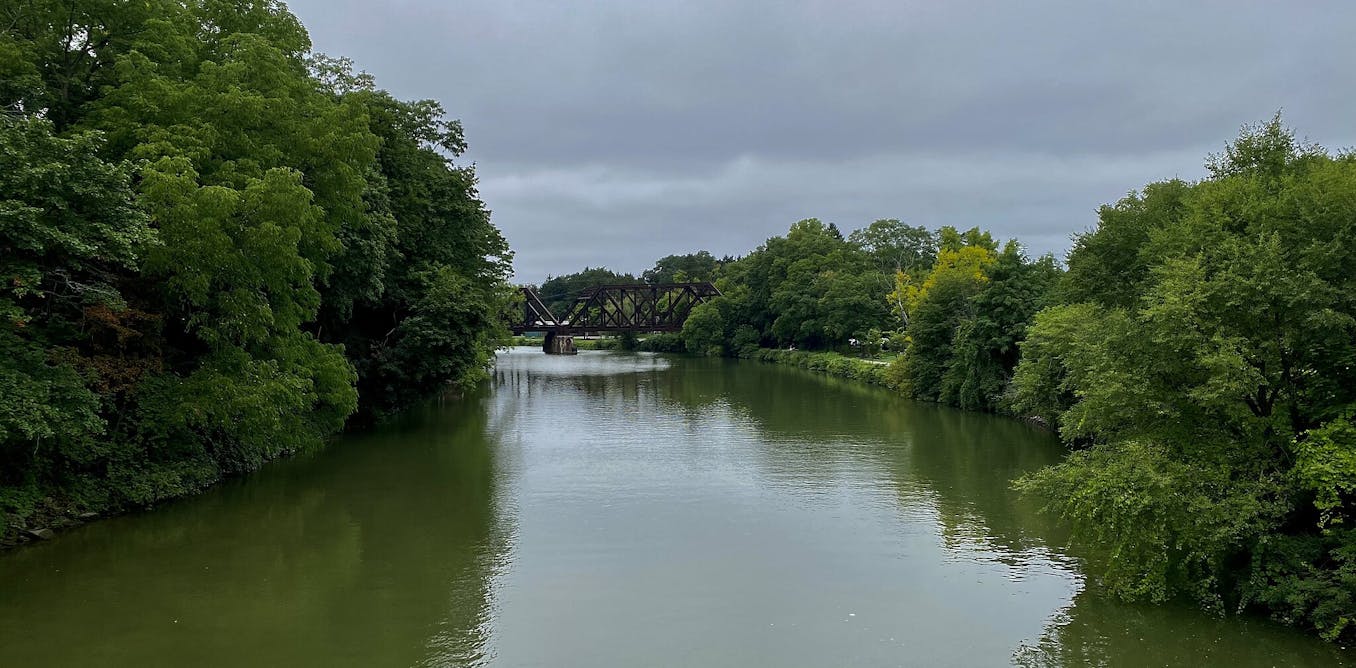
"Clinton and his flotilla made their way east to the canal's terminus in Albany, then down the Hudson River to New York City. This maiden voyage culminated on Nov. 4 with a ceremonial disgorging of barrels full of Lake Erie water into the brine of the Atlantic: pure political theater he called " the Wedding of the Waters.""
"The Erie Canal, whose bicentennial is being celebrated all month, is an engineering marvel - a National Historic Monument enshrined in folk song. Such was its legacy that as a young politician, Abraham Lincoln dreamed of becoming "the DeWitt Clinton of Illinois." As a historian of the 19th-century frontier, I'm fascinated by how civil engineering shaped America - especially given the country's struggles to fix its aging infrastructure today. The opening of the Erie Canal reached beyond Clinton's Empire State, cementing the Midwest into the prosperity of the growing nation. This human-made waterway transformed America's economy and immigration while helping fuel a passionate religious revival."
The Erie Canal opened in 1825 with a celebratory voyage from Buffalo to New York City and a symbolic transfer of Lake Erie water into the Atlantic called "the Wedding of the Waters." The canal linked the Great Lakes to the Atlantic, integrating the Midwest into national and international trade and lowering transportation costs. It accelerated migration, settlement, and industrial growth while becoming a cultural and historic symbol. The project faced fierce controversy, including a federal veto and accusations of folly, and required state bonds to finance completion after critics labeled it "madness."
Read at The Conversation
Unable to calculate read time
Collection
[
|
...
]